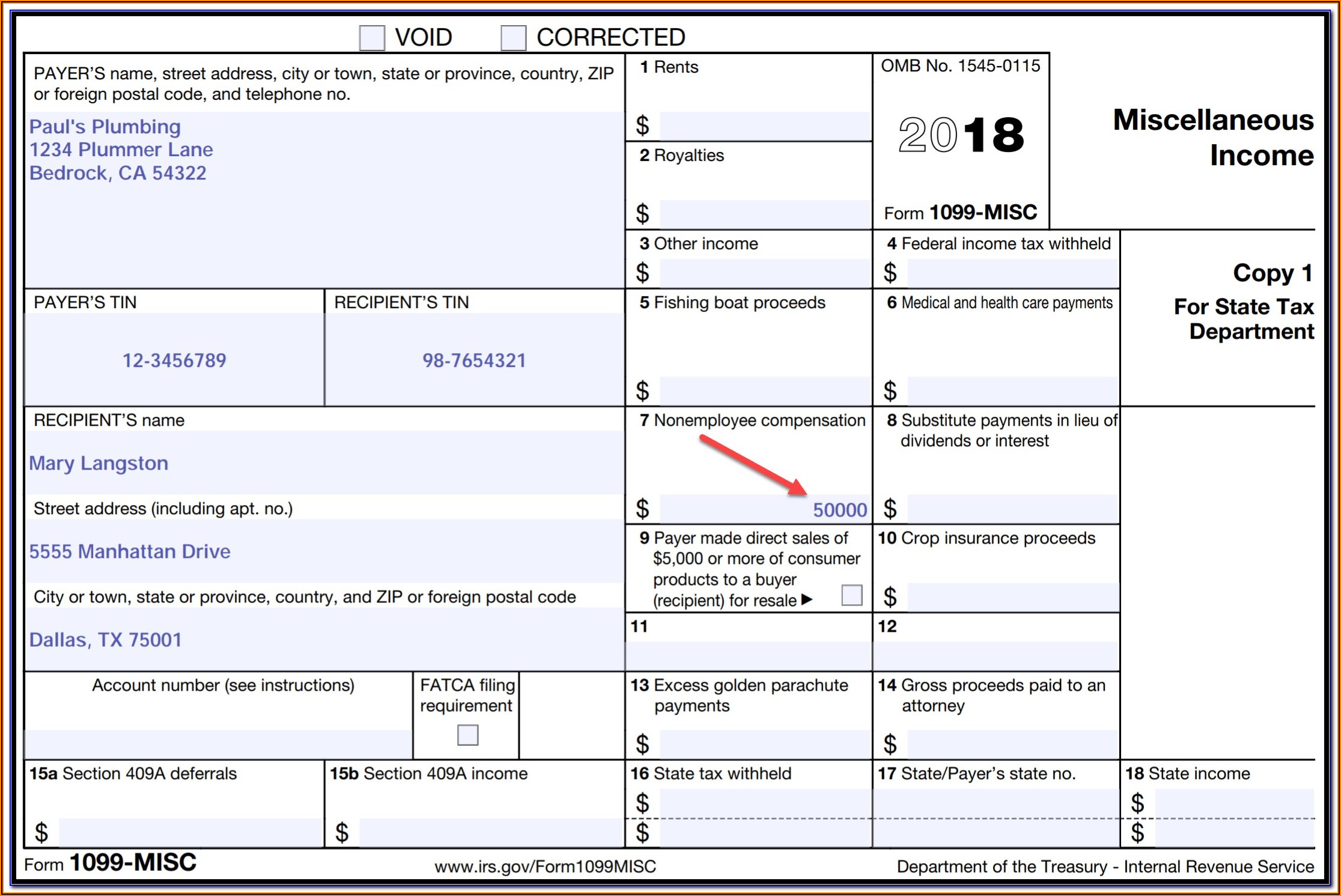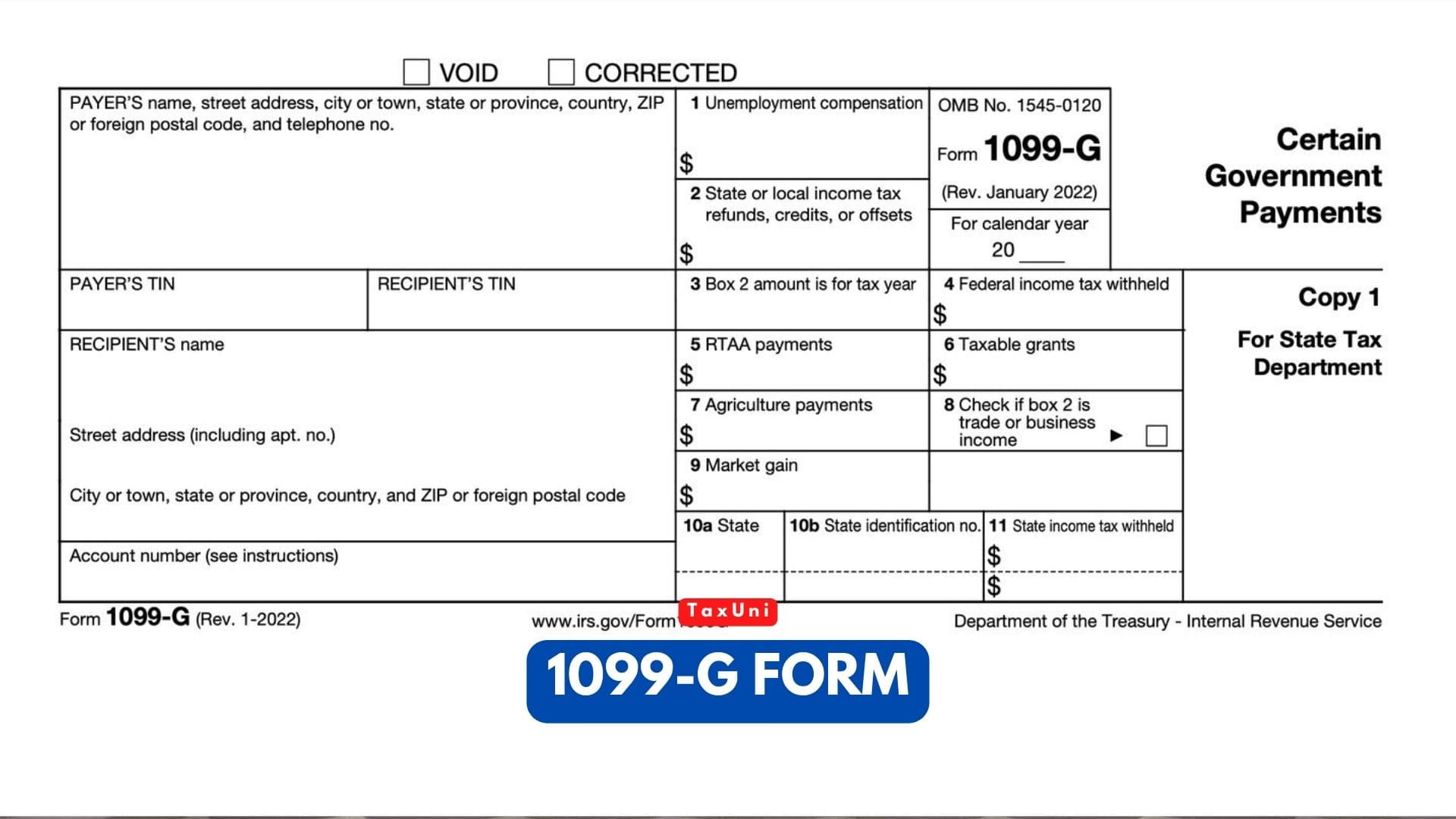Tax season can be overwhelming, especially when you encounter forms like the Colorado 1099-G. This form plays a crucial role in your tax filing process, as it reports certain payments made by government entities to you. Whether it's a tax refund, unemployment compensation, or other government payments, understanding the Colorado 1099-G is essential for accurate tax reporting. In this article, we’ll break down everything you need to know about this form.
The Colorado 1099-G is not just another tax form; it's a critical document that ensures transparency between taxpayers and the government. If you’ve received a refund from the Colorado Department of Revenue or any other government payment, this form will provide detailed information about those amounts, which you must report on your federal tax return.
In the following sections, we will explore what the Colorado 1099-G is, why it matters, how to interpret it, and the steps you need to take to ensure compliance with tax laws. By the end of this guide, you’ll have a clear understanding of how this form impacts your tax obligations.
Read also:Does Sam Heughan Have A Daughter Exploring The Life And Relationships Of The Outlander Star
What is the Colorado 1099-G Form?
The Colorado 1099-G form is issued by state and local government agencies to report payments made to individuals during the tax year. These payments may include tax refunds, credits, offsets, or other government disbursements. If you received a refund from the Colorado Department of Revenue or any other state-level payment, you will likely receive this form.
Key Features of the Colorado 1099-G
This form typically includes the following details:
- Taxpayer Identification Number (TIN): Your Social Security Number (SSN) or Employer Identification Number (EIN).
- Payment Description: A breakdown of the type of payment you received, such as a tax refund or credit.
- Total Payments: The total amount of payments made to you during the tax year.
Understanding these components is vital for accurately reporting your income on your federal tax return.
Why is the Colorado 1099-G Important?
The Colorado 1099-G is important because it ensures that all government payments you receive are properly reported to the IRS. This helps maintain transparency and prevents discrepancies in your tax filings. If you fail to report these payments, it could lead to penalties or audits.
Impact on Federal Tax Returns
While state tax refunds are generally not taxable at the federal level, there are exceptions. For example, if you itemized deductions in a previous year and received a refund, part of that refund may need to be included in your federal taxable income. The Colorado 1099-G helps clarify these situations.
How to Interpret Your Colorado 1099-G
Interpreting your Colorado 1099-G involves understanding the various fields and their meanings. Here’s a breakdown of the key sections:
Read also:Chase Customer Service Your Ultimate Guide To Contacting Chase Support
Box Descriptions
- Box 1: Total Payments: The total amount of payments made to you during the tax year.
- Box 2: Tax Refund, Credit, or Offset: The amount of any state or local tax refund, credit, or offset you received.
- Box 3: Specified Federal Tax Payments: Any federal tax payments made on your behalf by the state.
Each box provides specific information that you need to report on your federal tax return. Carefully review each section to ensure accuracy.
Common Questions About the Colorado 1099-G
Many taxpayers have questions about the Colorado 1099-G. Below are some of the most frequently asked questions and their answers:
Do I Need to Report My State Tax Refund on My Federal Return?
Generally, state tax refunds are not taxable at the federal level. However, if you itemized deductions in a previous year and received a refund, you may need to include part of that refund in your federal taxable income. Consult IRS Publication 525 for more details.
What Happens If I Don’t Receive My Colorado 1099-G?
If you don’t receive your Colorado 1099-G by January 31st, contact the issuing agency to request a copy. You can also check with the Colorado Department of Revenue for additional assistance.
How to Use the Colorado 1099-G in Your Tax Filing
Using the Colorado 1099-G in your tax filing process involves several steps:
Step 1: Verify the Information
Double-check the information on your Colorado 1099-G to ensure it matches your records. If there are discrepancies, contact the issuing agency immediately.
Step 2: Report the Payments
Report the payments listed on your Colorado 1099-G on the appropriate lines of your federal tax return. Use IRS Form 1040 to include any necessary information.
Step 3: Seek Professional Assistance
If you’re unsure how to proceed, consider consulting a tax professional or using tax preparation software to ensure accuracy.
Tax Implications of the Colorado 1099-G
The Colorado 1099-G has several tax implications that you should be aware of:
State Tax Refunds
State tax refunds are generally not taxable at the federal level unless you itemized deductions in a previous year. In that case, part of the refund may need to be included in your federal taxable income.
Unemployment Compensation
If you received unemployment compensation during the tax year, it may be reported on your Colorado 1099-G. This income is typically taxable at the federal level, so be sure to include it in your tax calculations.
Common Mistakes to Avoid
Avoiding common mistakes when dealing with the Colorado 1099-G can save you time and money. Here are a few pitfalls to watch out for:
Not Reporting All Payments
Failure to report all payments listed on your Colorado 1099-G can result in penalties or audits. Double-check the form to ensure you’ve included all necessary information.
Ignoring Discrepancies
If you notice discrepancies between your records and the information on your Colorado 1099-G, address them promptly. Ignoring these issues can lead to complications during the tax filing process.
Resources for Further Information
For more information on the Colorado 1099-G, consider consulting the following resources:
IRS Publications
IRS Publication 525 provides detailed guidance on taxable and nontaxable income, including state tax refunds. Additionally, IRS Form 1040 instructions offer step-by-step guidance on how to report payments from the Colorado 1099-G.
Colorado Department of Revenue
The Colorado Department of Revenue website offers resources and contact information for addressing questions about the Colorado 1099-G.
Conclusion
The Colorado 1099-G is an essential form for anyone who has received a state tax refund or other government payments. By understanding its purpose and how to use it in your tax filing process, you can ensure compliance with tax laws and avoid potential penalties.
We encourage you to take action by reviewing your Colorado 1099-G carefully and seeking professional assistance if needed. Don’t forget to share this article with others who may benefit from it, and explore our other resources for more tax-related information.
Table of Contents
- What is the Colorado 1099-G Form?
- Why is the Colorado 1099-G Important?
- How to Interpret Your Colorado 1099-G
- Common Questions About the Colorado 1099-G
- How to Use the Colorado 1099-G in Your Tax Filing
- Tax Implications of the Colorado 1099-G
- Common Mistakes to Avoid
- Resources for Further Information
- Conclusion


